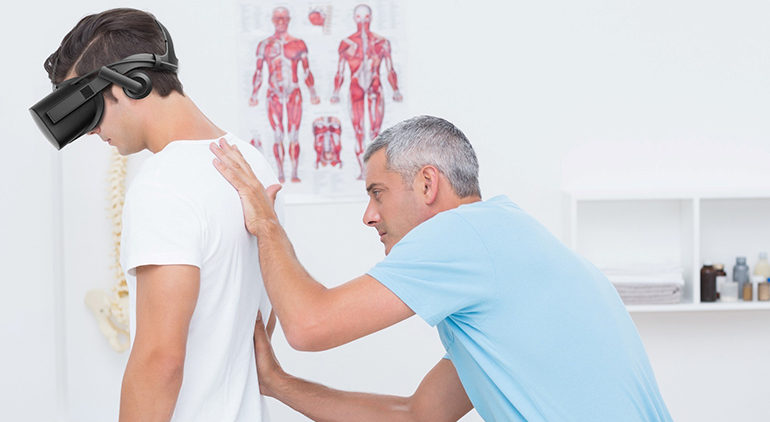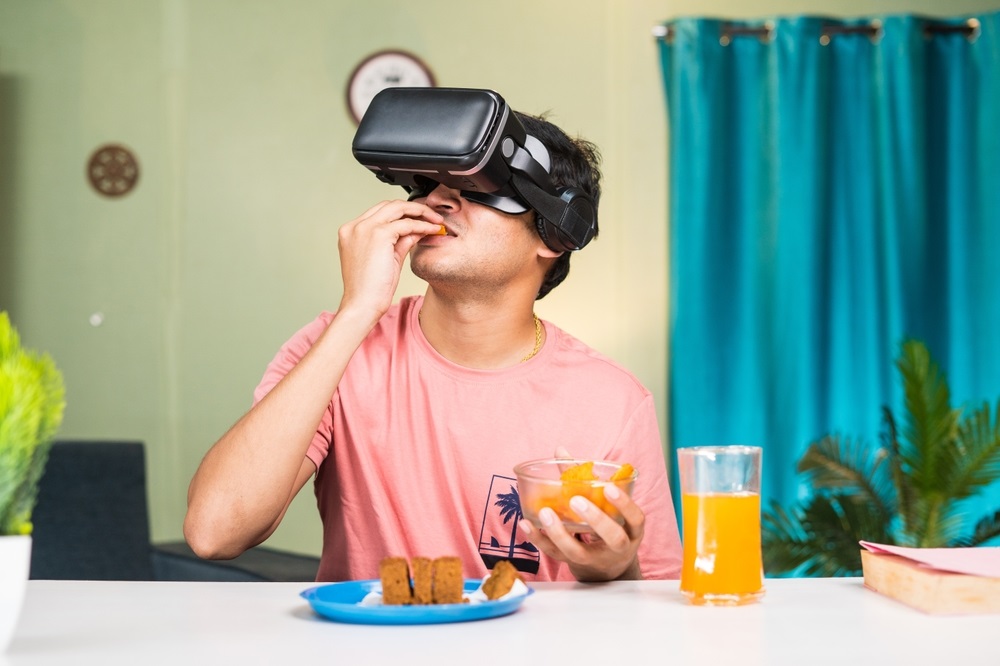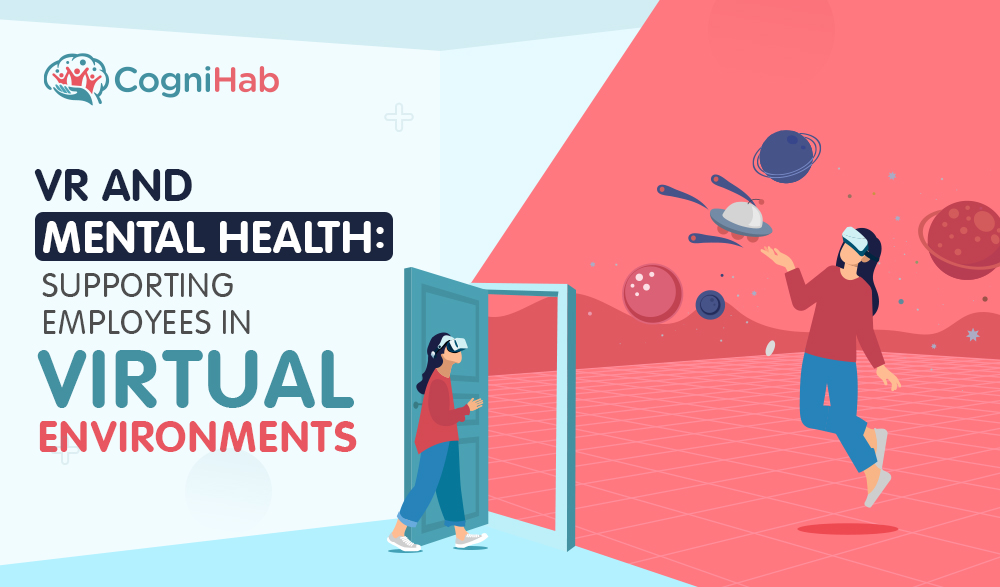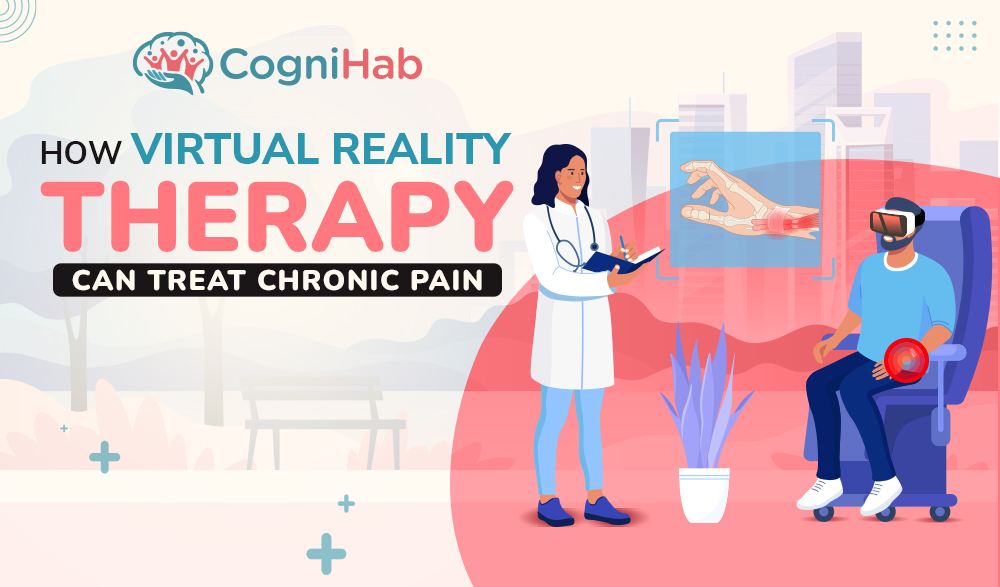Using VR in Rehabilitation - Benefits and Use Cases
Virtual reality is adopted in many areas of healthcare including diagnosis and treatment such as surgery, rehabilitation, and counseling. Virtual reality constructs an illusion of a three-dimensional environment.
The users feel immersed in this technology-generated environment as these environments react to the movements of the users. Therefore, virtual reality utilizes the potential of technological advancement to shape the virtual world in various realistic ways.
Virtual Reality in Rehabilitation
Virtual reality can help in a patient's movement and assist them in exercising, which can’t be achieved in physical therapy. This is primarily because in a simulated environment, patients are fully engrossed in the reality orchestrated by the virtual environment.
Due to this reason, their attention does not shift to the sensation of physical pain, as much it does in physical therapy.
Patients thus, do not realize physical pain in the virtual environment. The absence of the sensation of physical pain enables patients to achieve their target efficiently.
Related post: Virtual Reality Rehabilitation Vs Physical Therapy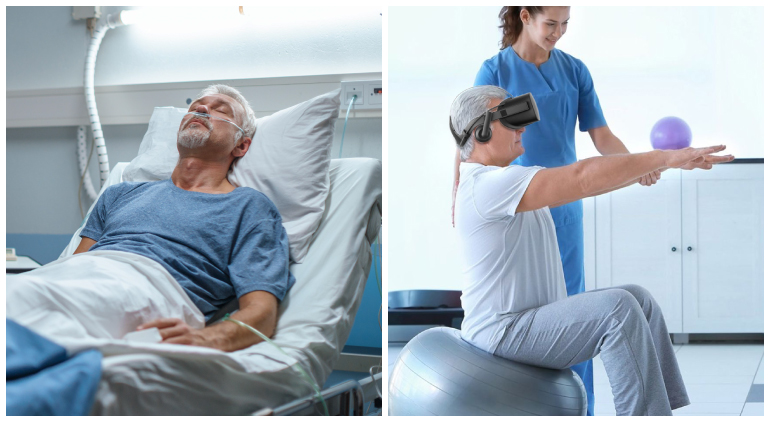 One of the most common impacts of neurological impairment is on the lower limb motor functions. It leads to several limitations such as restricted participation in daily life activities. The rehabilitation process of these motor abilities is a challenging and gradual process, sometimes which can even last for several months.
One of the most common impacts of neurological impairment is on the lower limb motor functions. It leads to several limitations such as restricted participation in daily life activities. The rehabilitation process of these motor abilities is a challenging and gradual process, sometimes which can even last for several months.
The conventional rehabilitation process is repetitive in nature which negatively impacts a patient’s motivation to overcome the challenges. This traditional method fails to provide any objective data to monitor the patient’s progress in an effective manner.
In these circumstances, virtual reality has emerged as a significant therapeutic tool, as opposed to conventional therapy in the realm of rehabilitation. Virtual reality in rehabilitation transforms the process into more engaging, as well as effective.
It incorporates VR-based rehabilitation strategies to yield a positive, effective and motivating experience that can usher positive improvement.
Benefits of VR In Rehabilitation
Virtual reality offers significant advantages when it is incorporated in the process of rehabilitation of patients with various conditions. These benefits include flexibility, patient education and motivation, and variability, on the basis of the patient’s history, transparency in data storage and accessibility of data through online mediums, reduced medical cost for the healthcare system, better use of resources, and many more.
● VR In Stroke Rehabilitation
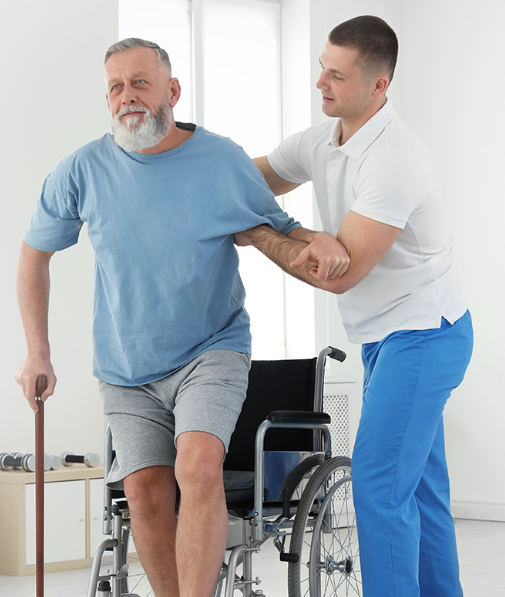
VR has emerged as an effective technological advancement in the treatment of stroke rehabilitation. As VR is capable of simulating real-life activities, it assists patients to improve their self-care skills.
The virtual environment is delivered by equipment worn by the user or situated within a virtual environment. This immersive system layers the reality of the users to create a sense of connectedness. VR stroke rehabilitation is performed to control the symptom and aftermath of a stroke.The most acknowledged advantage of VR is its ability to motivate the user to be persistent in practicing the required movements. It also provides other advantages such as independent practice, stimulus control, ability to provide user feedback, which can be documented easily because of its flexibility.
Moreover, it allows the patient to be in a safe environment such as one’s own home, thus improving engagement.
● VR In Pain Management
Virtual reality pain management and reduction is another realm, where VR is bringing significant changes so much so, that it can topple the patients’ reliance on painkillers in the near future.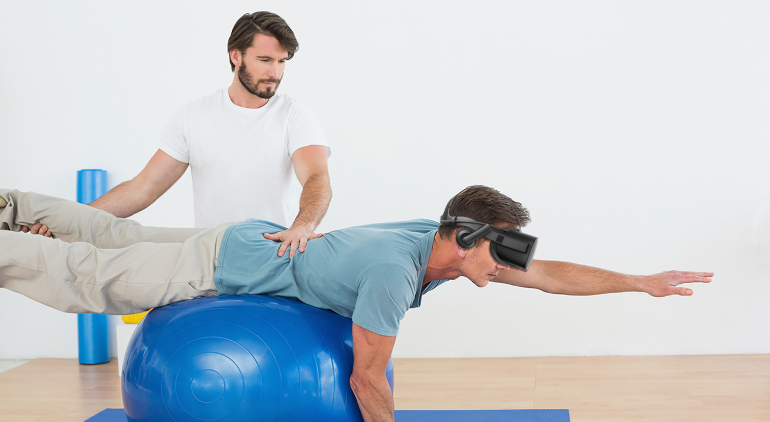 VR becomes the coping mechanism of the patient’s brain who is suffering from painful sensations and helps them to overcome them. Thus, VR fosters a faster recovery process.
VR becomes the coping mechanism of the patient’s brain who is suffering from painful sensations and helps them to overcome them. Thus, VR fosters a faster recovery process.
● VR In Cancer Rehabilitation
Virtual reality also improves the functioning of cancer patients. This technology can decrease pain and improve memory, vision, and the overall wellbeing of such patients.Cancer continues to be a major health problem in the world. Chemotherapy virtual reality is recommended to increase the prospects of disease-free survival and eradicate the tumor mass.
However, chemotherapy is associated with various distress symptoms such as nausea, vomiting, fatigue, sleep disturbances, depression which increases the patient’s difficulty to adhere to the prescribed schedule and affects the quality of life.
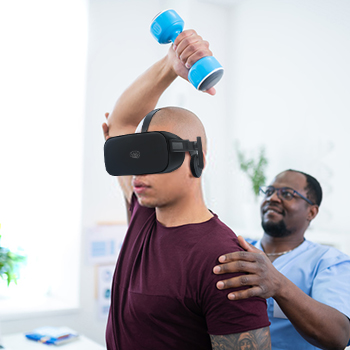
Thus, Immersive distraction intervention such as VR rehabilitation is effective where patients can concentrate on pleasant stimuli instead of unpleasant symptoms.
VR creates therapeutic environments in cancer rehabilitation. Virtual reality through its distraction intervention makes chemotherapy more tolerable and helps to attain realistic goals.
Related post: Role of Virtual Reality in Supporting Cancer Patients
VR Solution For Healthcare
Cognihab provides technology-driven solutions for various Vision Disorders, Movement Related Disorders & Pre/Post Chemo Cancer Rehabilitation.
Cognihab's VR Stroke Rehabilitation Suite is the world's first immersive all in one rehabilitation solution co-created with Indian Spinal stroke Cord Injury Center, AIIMS, and Lady Harding hospital.
This rehabilitation suite is an all in One Suit for Stroke Rehabilitation covering upper body, lower body, hand-eye coordination and body posture. They provide virtual reality-based games and tasks for body part rehabilitation, enabling stable body balance and posture.
Cognihab’s pre-during-post chemo cancer support suite is specially designed for cancer patients to engage them in virtual reality powered immersive journeys and games.
Virtual reality is here to stay and Cognihab has utilized virtual reality technology to help patients rise above their limits.


